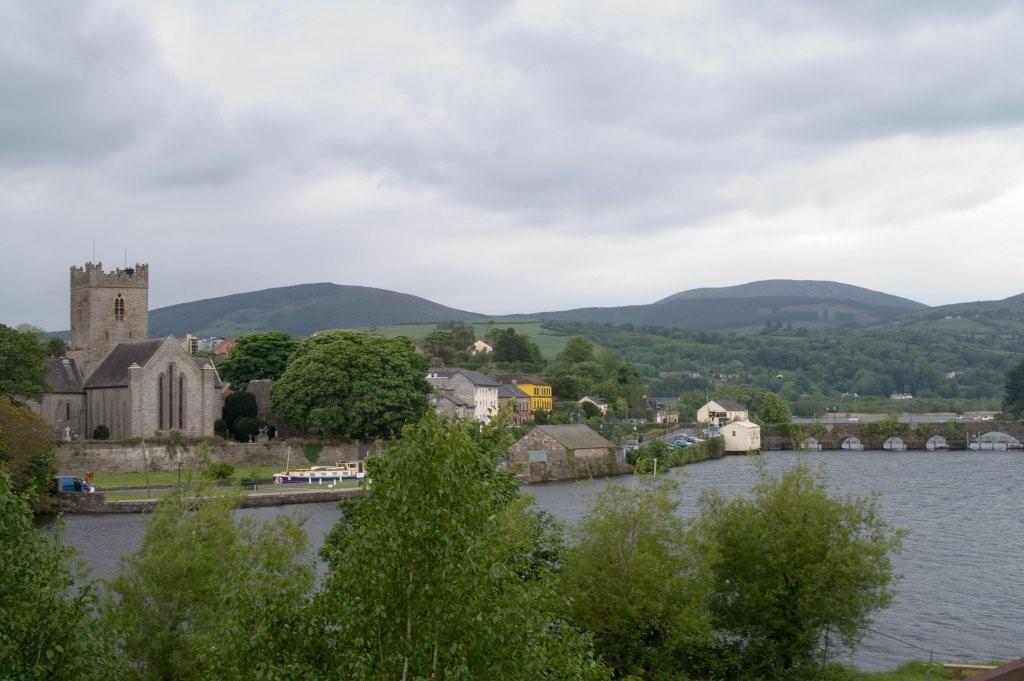
By: Alexandra Pratt
Most people who visit the west of Ireland dash straight to the drama of Kerry’s coastal mountains, the brutal loneliness of Connemara or even just the small towns, for the music, the Guinness and, of course, the craic. But what about that forgotten corner where Limerick,Tipperaryand Clare – considered on the whole as less scenic – come together? It’s called Lough Derg and this 30km stretch of water is possessed of a certain tranquil beauty that, while not entirely undiscovered (at least by the Irish), is seriously underrated.
We arrived late at night and, unfamiliar with the area, we noticed little that evening other than a total absence of streetlights, a darkness that deepened into the depths of woodland and soft, fragrant air. We had booked a cottage overlooking the lough on its east shore. Set in a hamlet that is really no more than a tiny quay for fishing and pleasure boats, Kilgarvan is one of several such little harbours and the perfect place to put notions such as mobile phones, heavy traffic and the blare of modern life out of mind.
Known as ‘Ireland’s pleasure lake’, Lough Derg connects to the Atlantic via the Shannon Estuary to the south and to north, it is possible to travel all the way to Fermanagh via theShannonRiverand a series of equally pretty lakes. This, naturally enough, makes it very popular with yachtsmen, fishermen and all types of boaters. Yet Lough Derg is far from crowded and its silvery expanse is home to rare birds and plants, including orchids, as well as the occasional medieval tower house, pretty village and quay.
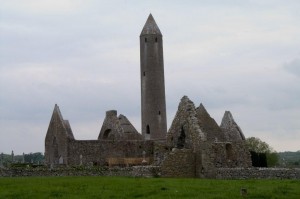
Each such village now has at least one pub that offers food. Ireland’s former reputation for great drinking and terrible eating has now been comprehensively banished. It was a theory we tested thoroughly and I can confirm that the lakeside villages, such as Terryglass (winner of the all-Ireland Tidiest Town competition. Twice.) are unspoiled and offer wonderful local food such as local Burren lamb.
The surrounding landscape is rich and rolling up to the north of the lake, where the fields flatten out and the bridge outside Portumna (a brief foray into southern Galway) is raised twice a day for the yachts and motor cruisers to continue up the Shannon or down towardsLimerickand the sea. The town is pleasant, with an extensiveforest parkon the lakeside, where small herds of deer bounded through the dappled sunlight at the sound of our approach.
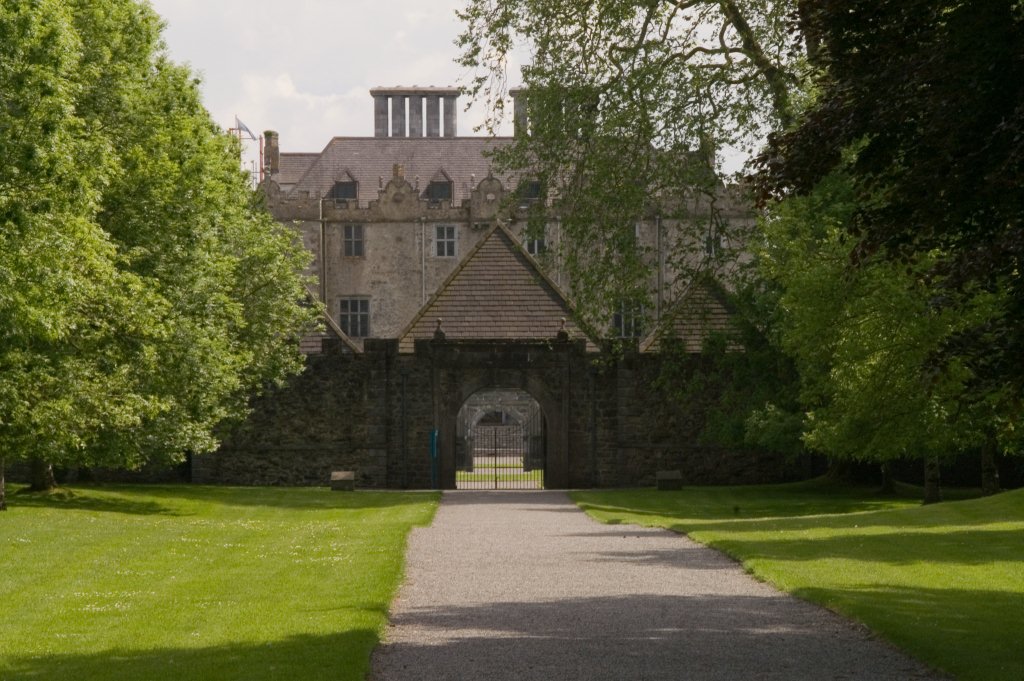
Portumna is worth a visit, even if only for its strikingly beautiful castle. A rare Jacobean semi-fortified mansion, this treasure once belonged to one of the cruellest famine landlords inIrelandbut the building suffered a worse fate than even he deserved, when it burned down. Now, only the exterior remains, but this has been restored by the Irish Government, so we paid the tiny entrance fee of 2 Euros and were pleasantly surprised to get a personal tour thrown in.
Not only is the landscape around Lough Derg varied (the west shore is broken by the hills of Clare), but it also provides easy access to a range to places. From Portumna, a short drive through East Clare took us through scattered medieval ecclesiastic remains, Norman castles and Dark Age round towers built in defence of the Vikings, to the Burren. This remarkable place is world-famous for its bleak limestone plateau, a harsh cap of pewter-coloured stone in otherwise lush countryside. Cromwell’s surveyor,Ludlow, described it as
“A savage land, yielding neither water enough to drown a man, nor a tree to hang him, nor soil enough to bury.” Which rather gives away his boss’s intentions for the place!
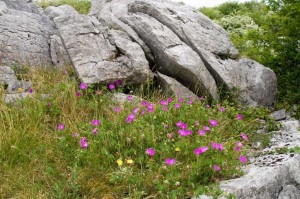
The unusual parallel grooves in the limestone are called ‘grykes’ and were probably made by rainwater. Occasionally, after a heavy shower, whole new lakes form, sometimes for days, sometimes for just a few magical hours until the water seeps away. In fact, the Burren is only sterile from a distance. Up close, it is an astonishing – and unique – home for all kinds of flora. Although many rare plants and flowers grow in abundance here, it is the variety that makes the Burren special. Alpine and Mediterranean flowers bloom side by side, which botanists think has something to do with how the rock soaks up the sun’s warmth, then releases it when the temperature drops.
On this western side of Lough Derg, villages such as Mountshannon mirror those on the opposite shore, while inland has some treasurers of its own. The Craggaunowen project near the monastic town of Quinwas created by John Hunt, a respected medievalist. He restored the 15th century castle, then, in its grounds, created an open-air, working museum that is as fascinating as it is unique.
A walk through woodland took us to both restored and re-created pre-historic dwellings and hunting sites, past original artefacts such as an Iron Age road, found in a bog in CountyLongfordand best, of all, the Brendan. This small leather boat was built in 1976 by the explorer and author Tim Severin. He sailed it across the Atlantic from Ireland to Canada, proving possible the story in a 9th century manuscript that claims a monk called Brendan made that same journey in 583AD, making him the first European to see North America.
A few miles from Craggaunowen is the castleof Bunratty, set in a wonderfully strategic location on the banks of the estuary. Built in 1460 and restored in the 20th century, the castle is certainly one of the finest examples inIreland (don’t miss the ceiling in the solar, its colourful detail is extraordinary). This explains why it is also extremely popular with visitors, as is the adjoining ‘folk park’. An extensive collection of real (relocated) traditional Irish homes, this park may sound horribly tacky and it is. It is also endlessly absorbing, thought provoking, and entertaining, particularly as each house has a ‘guide’ in traditional dress who makes butter, bakes pies etc.
Across the waters of the Shannon lies Limerick, Ireland’s 3rd city, famous as the location for the best-selling book and film Angela’s Ashes by Frank McCourt. A short way to the south however, the ‘Golden Vale’ has a history that goes back much further. The area around Lough Gur in particular is not only extremely attractive, but has a wealth of historic remains, including castles, stone circles, and Stone Age burial chambers. The lough itself was lowered in the 19th century by three yards and cart loads of artefacts were discovered, including a bronze shield dated to 700BC.
From Lough Gur, it’s a scenic drive up brand new, pleasantly quiet roads, until we turn back onto the country lanes that plunge away to the quays. We count them off; Killaloe, Dromineer, Mota, and finally home to the peace of Kilgarvan.
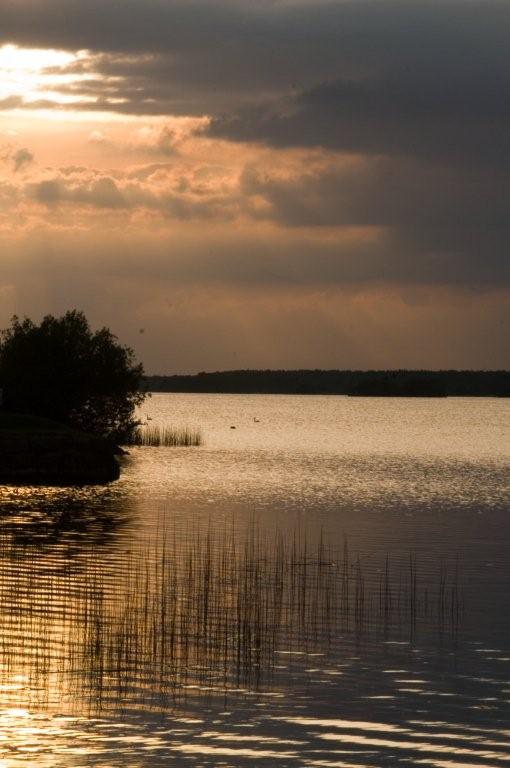
Alexandra Pratt is a British journalist and author you can read more of her writing at her website, www.alexandra-pratt.com

As all Irish do, who have over a hundred years of displacement in their heritage, i often wonder about that place my ancestors called home. I know that it is beautiful. It’s beauty has been passed on by memory through the eyes and the lips of the mothers. I’ve often fantasized what it would be like to cross the sea and be Irish in the homeland. Sometimes, i almost think i hear that mystical island talking to me. Thank you for your article. I like all things Irish.
You neglect the Pike fishing and all night Bridge games! Best holiday ever!
Germans have exported 100kgs of pike from that lake for decades.
Lough Derg…
[…] ld-famous for its bleak limestone plateau, a harsh cap of pewter-coloured stone […]…
Just two points regarding your history. 1: You refer to the ”Dark Ages”; this is a description of a period of anarchy on the continent of Europe and the island of Britain, Ireland through this time was a place of great learning. 2: It is highly unlightly that the round towers were a defence against the Vikings, as locking yourself inside one would never protect against fire or starvation